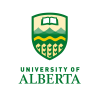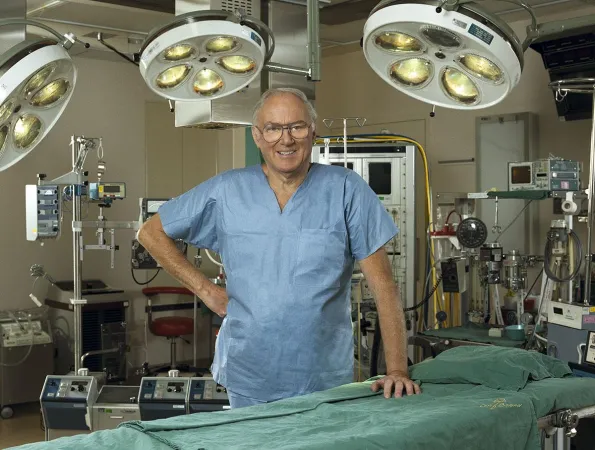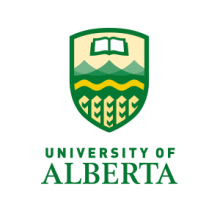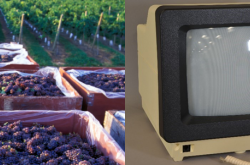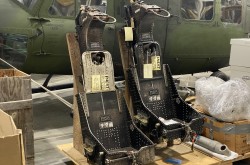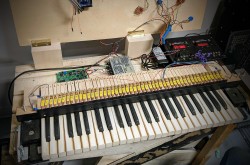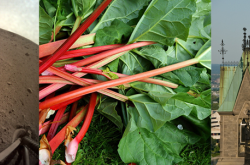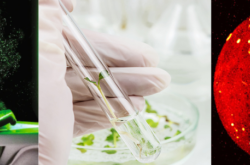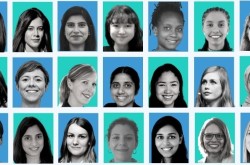Canada's 1st open heart surgery
This article was originally written and submitted as part of a Canada 150 Project, the Innovation Storybook, to crowdsource stories of Canadian innovation with partners across Canada. The content has since been migrated to Ingenium’s Channel, a digital hub featuring curated content related to science, technology and innovation.
In 1956, John Callaghan conducted Canada’s 1st successful open-heart surgery at the University of Alberta (UAlberta) Hospital. While the surgery performed may be ‘simple’ by today’s standards, at the time it pushed the boundaries of modern heart surgery and knowledge.
Pioneering advances
In 1946, John Callaghan graduated from University of Toronto. While there, he and fellow cardia surgeon Wilfred Bigelow developed new cardiac surgical techniques to slow the heart for heart surgery. In 1951, the two stunned the medical world, by pioneering the use of hypothermia to perform complex surgeries. That same year, John, Wilfred and electrical engineer John Hopps invented the world’s 1st cardiac pacemaker. The pacemaker, that has helped millions worldwide, is just one example of unexpected discoveries driven by research—in this case Wilfred and John’s ‘cold heart surgery’ work.
In 1955, Callaghan arrived at the University of Alberta. His 1956 pioneering open heart surgery was followed by another Canadian first, the 1st successful complete repair of ‘blue baby’ malformation (Tetralogy of Fallot—heart value defect limiting the flow of oxengated blood) in 1957. Callaghan’s cardiac expertise and surgical developments has saved countless lives. He retired in 1990 and passed away in 2004.
Sixty years later, and an amazing twist of fate
Now $150,000 heart-lung pumps have replaced the pump Callaghan used in 1956, and the once 10-hour operation now takes a couple of hours. Today, UAlberta hospital is one of Canada’ busiest transplant centres—with about 10 pediatric and 30 adult open-heart surgeries performed weekly. And in 2014, an amazing twist of fate—Callahan’s great-granddaughter Tate was born with Tetralogy of Fallot. Baby Tate underwent a two hour open heart surgery to fix the defect nearly 60 years after her great grandfather performed the first successful Tetralogy repair in Canada.


